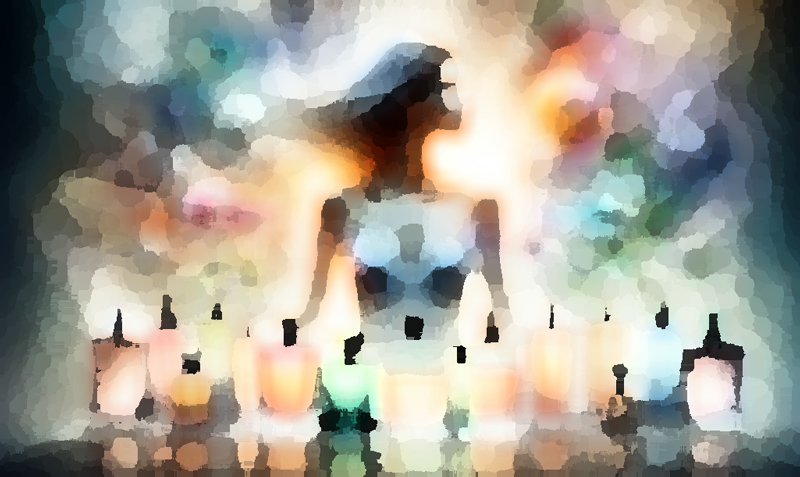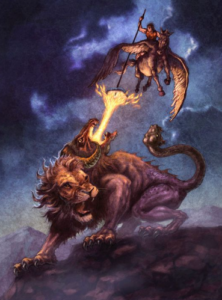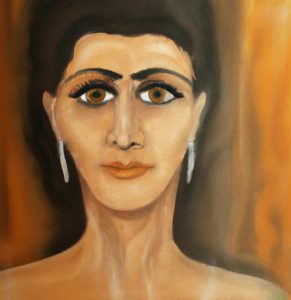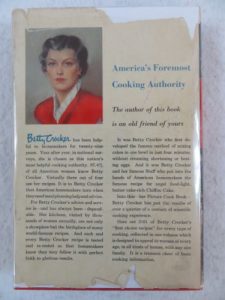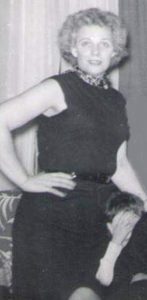My scent memories immediately bring to mind the French word “sillage,” pronounced “see-yahzh,” which translates to the word “wake,” like the trail left by a boat as it moves through the water.
In the fragrance world, sillage refers to the trail a scent leaves long after the wearer is gone, like someone leaving a car or exiting an elevator.
Sillage creates a poignant image: The lingering scent a person leaves behind is a memory, yet the smell is very much alive.
The fragrance wheel, created in 1949 and modernized in the 1980s, divides fragrances into four distinct families: Fresh, Floral, Amber, and Woody.
Each fragrance family shares similar aromas and characteristics that complement each other.
It is indeed a family affair—from the scent choices our loved ones make to the memories and emotions those scents evoke.
Additionally, every family has an outlier. Fragrance outliers are unique in that they can fall into any or all of the scent families.
THE SCENT FAMILIES AND THEIR ATTRIBUTES:
FRESH (Classic, subtle, laid back, zesty, cooling, vibrant, inoffensive, light, bright and aromatic).
FLORAL (Feminine, timeless, light, powdery, delicate, gentle, flowery, pretty, citrusy, velvety, romantic, and old school.)
AMBER (Sensual, dramatic, lush, dusty, warm, bold, exotic, musky, and rooted in nature.)
WOODY (Rich, elegant, opulent, intense, earthy, sensual, spicy, crisp, dry, clean, smoky, unisex, and potent.)
My French grandmother wore L’air du Temps (a Floral developed in 1948), and her mother—my great-grandmother wore English Lavender (also a floral that debuted in 1799). They both chose Florals as their go-to scent.
My mother wore Shalimar (an Amber created in 1925) and Chantilly (a Floral launched in 1941). Her scent preference varied between flowery and musky.
I have ancient, near-empty bottles of all four perfumes in a small display box, and I smell them when I’m feeling untethered, nostalgic, or simply want to be taken back in time.
I used to wear Chamade (an Amber launched in 1969) and Love’s Baby Soft (a Floral from 1974).
Some of my other go-to scents included Heaven Sent (an Amber launched in 1941), White Shoulders (a Floral from 1943), and Youth Dew (an Amber launched in 1953, the year I was born).
And then there was Wind Song (a Floral, also from 1953), Emeraude (an Amber, circa 1921), Cachet (a Floral from 1970), and Anais Anais (a Floral from 1978).
And finally, Je Reviens (an Amber launched in 1932), White Linen (a Floral from 1978), Ysatis (a Floral from 1984, the year my first child was born), Coco (an Amber, also launched in 1984), and White Musk Perfume Oil, which I just wore yesterday (an Amber created in 1981).
An old boyfriend once bought me a bottle of Joy (a Floral from 1930), and for years after we broke up, every time I smelled it on someone, I got depressed.
Until writing this blog post, I had no idea the only scent families I have ever worn are Amber and Floral. Is it possible that genes determine our scent preferences?
The sense of smell is most closely related to memory. The scent memory that impacts me the most is my son’s cologne, Davidoff Cool Water (an Amber from 1988, the year my second child was born).
I don’t know if he still wears it, but I keep his old bottle in my medicine cabinet and smell it often—a fragrant instant replay.
The American poet, prose writer, and aspiring musician Christopher Poindexter said it best: “Nothing brings to life a forgotten memory like a fragrance.”
